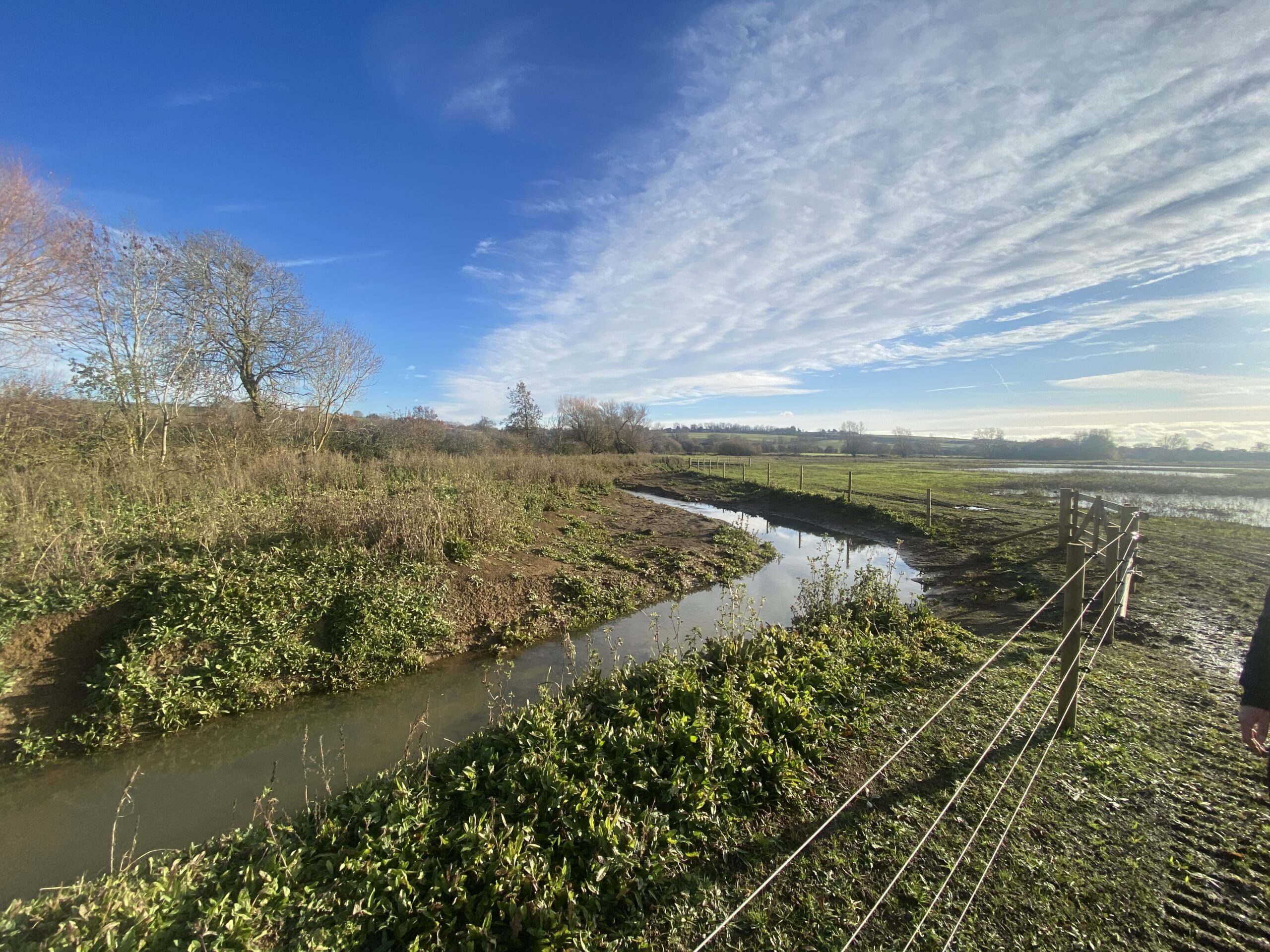Working with nature to manage flood risk
From early pilot projects to national strategies, we’ve been at the forefront of shaping how the UK works with nature to reduce flood risk and build climate resilience.
The term Natural Flood Management (NFM) describes a range of techniques that aim to reduce flooding by using natural processes to intercept, slow, and store water. Instead of depending solely on concrete barriers and engineered defences, NFM focuses on the catchment upstream — on woodlands, rural land, floodplains, and wetlands — to regulate the flow.
The term ‘Working with Natural Processes’ (WwNP) was first used in the Defra 2004 publication: Making Space for Water, and the idea gained national attention following the devastating floods of summer 2007. The Pitt Review(2008) published the lessons learnt from this flooding, together with a set of wide-ranging recommendations, including one that promoted the uptake of greater WwNP in flood and coastal erosion risk management (FCERM).
For many communities, those floods were a turning point. For us, it was a call to action: to use our science, modelling, and partnerships to help develop and deliver practical, sustainable solutions.
Our journey in NFM
Looking back, JBA’s story of NFM is also a story of collaboration, innovation, and impact. Check out the timeline below for key milestones along the way.
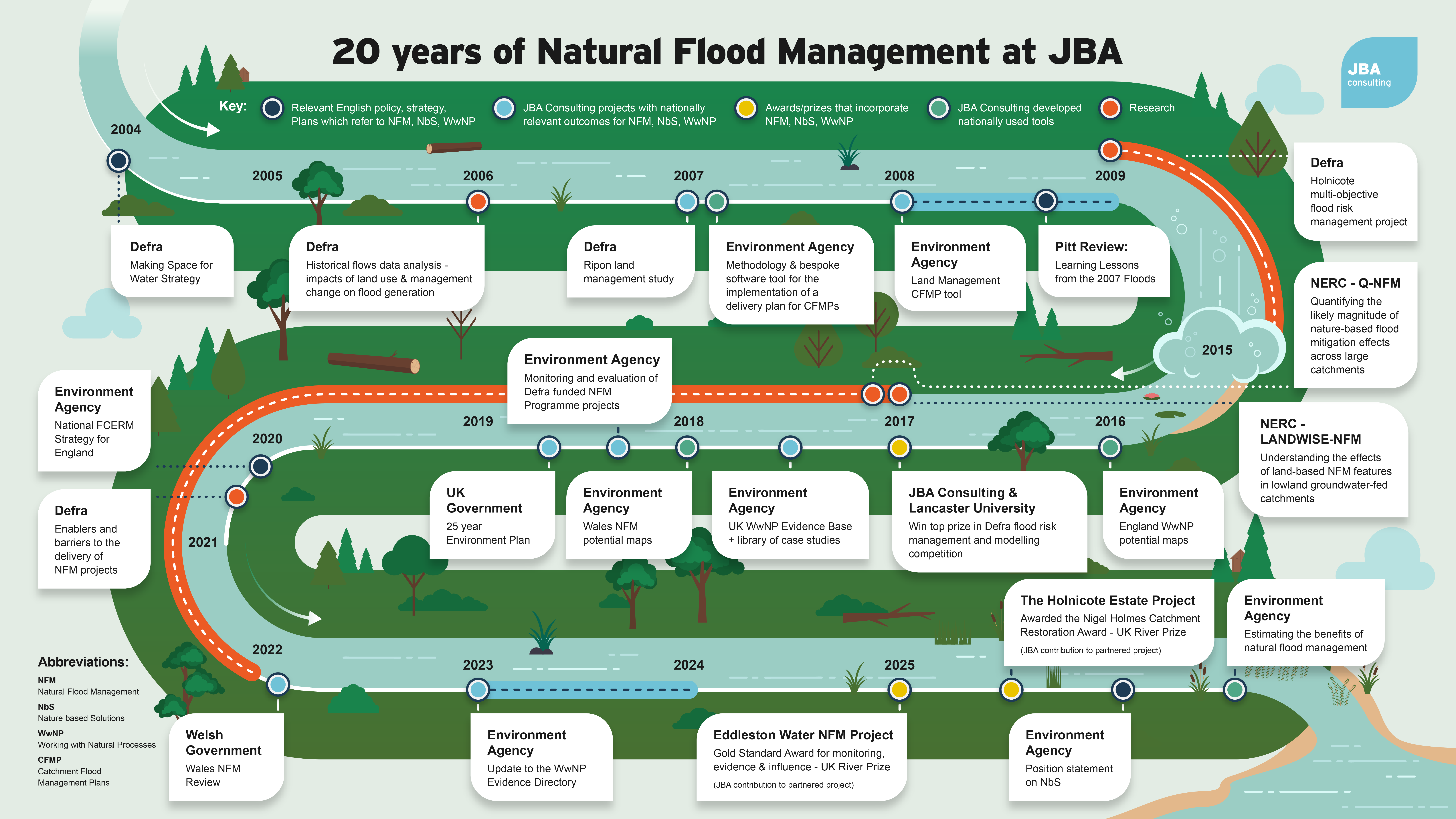
The Holnicote Project (2009–2015)
In 2009, as a response to The Pitt Review, Defra commissioned three pilot multi-objective research projects to investigate, monitor and model the application of NFM at a catchment scale. As a key partner in the National Trust’s Holnicote Project, working alongside the EA and Penny Anderson Associates (PAA), we helped design and test how implementing a range of NFM measures, utilising a partnership approach, can contribute to reducing local flood risk while producing a wide range of other benefits for the environment and local communities.


Building the Evidence Base (2014–2017)
Together with the James Hutton Institute and Tweed Forum, we supported SEPA in the initial drafting of its first NFM Manual in 2014. In 2013, the European Commission began promoting the term Nature-based Solutions (NbS) to describe the development and use of nature and natural processes to address diverse socio-environmental issues, a concept which effectively encompasses the principles of NFM.
Episodes of serious flooding in summer 2012 and winter 2013/14 resulted in the Environment Agency (EA) leading the development of a comprehensive and prioritised programme of UK-based WwNP research, development and dissemination in 2015. This resulted in us leading the development of the UK’s first nationwide WwNP Evidence Base, supported by several academic institutions. Our mapping tools gave decision-makers a way to identify locations where NFM could potentially make the greatest difference - and those tools are still in use today.
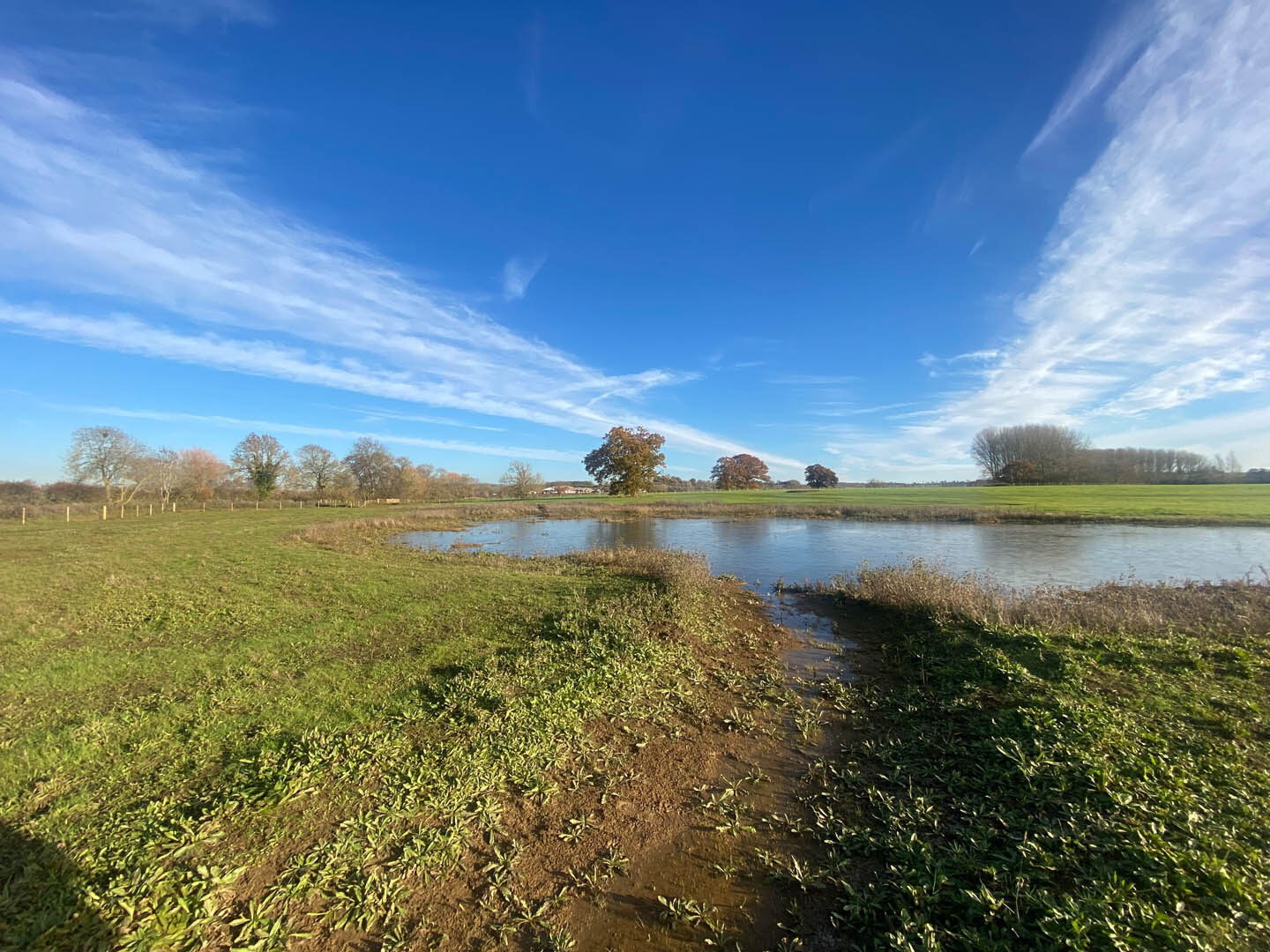

Innovation in Modelling (2017)
In the wake of Storm Desmond, which devastated Cumbria in December 2015, we worked with Lancaster University to develop innovative modelling approaches to help tackle flooding, focusing on the Eden catchment. Our pioneering modelling won the top prize in Defra’s flood risk management and modelling competition, utilising new data and whole-catchment modelling to showcase how natural solutions, including large-scale flood storage in the lower catchment and interactive maps showing property-level impacts based on detailed models, could be used to help combat flooding.
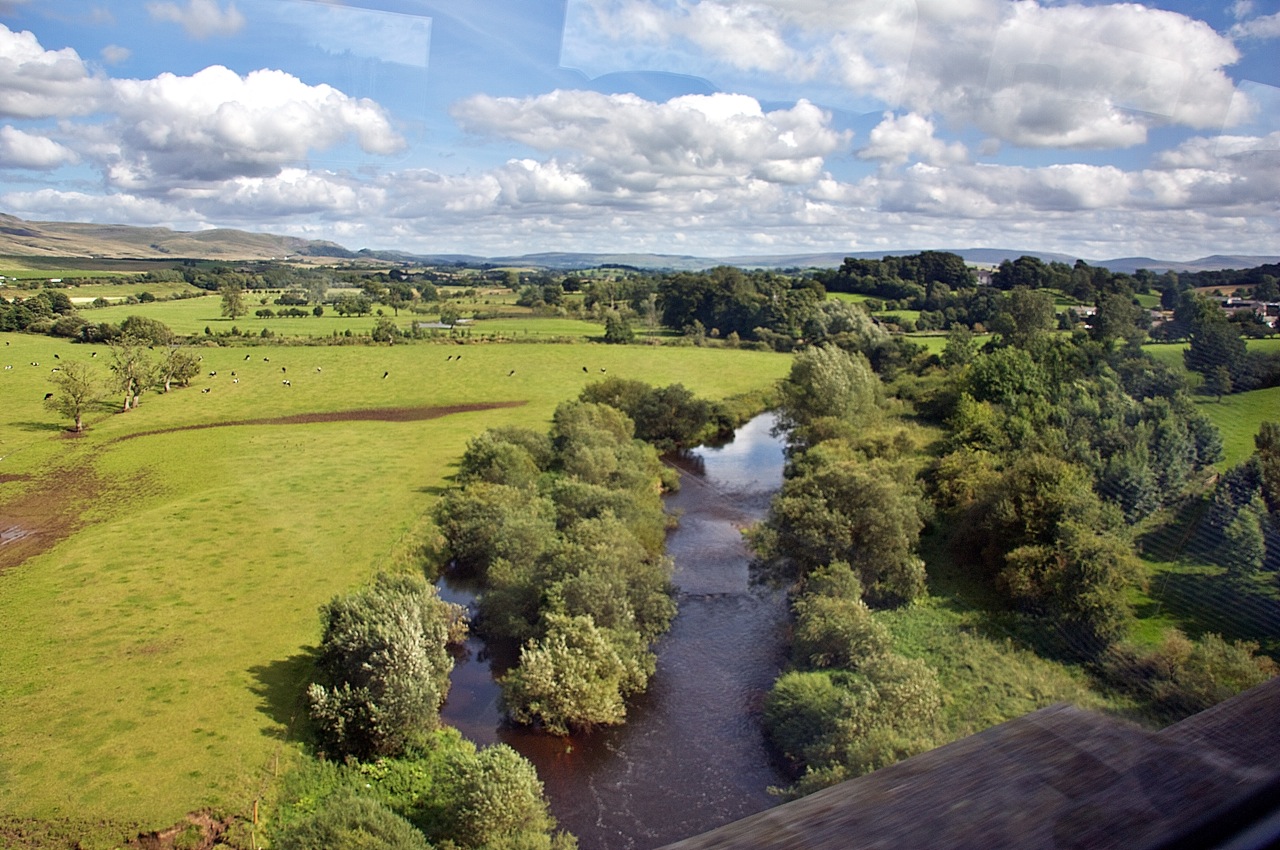

Shaping National Research Programmes (2017–2022):
The NERC NFM research programme was also launched in 2017, and, due to our extensive experience, we were appointed to lead significant modelling components to two of the three research projects, namely Q-NFM (in Cumbria) and LANDWISE (in the Upper Thames Basin). Through the Q-NFM project, we developed and tested cutting-edge models to quantify the effectiveness of nature-based flood mitigation effects.
The LANDWISE project focused on addressing the evidence gaps and evaluating the effectiveness of realistic and scalable land-based NFM measures to reduce the risk from flooding in lowland catchments.
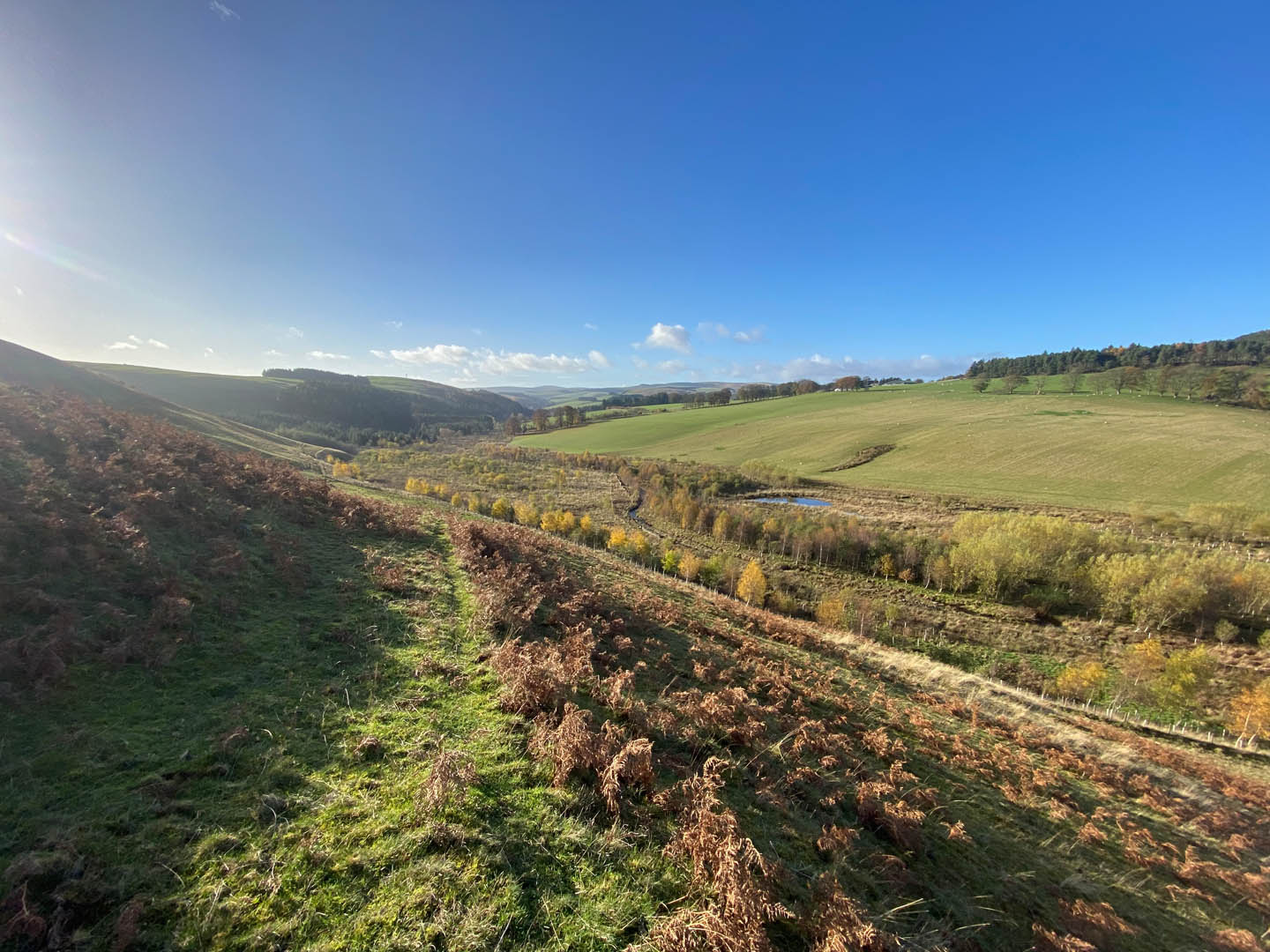

Recent Leadership (2023–2025)
More recently, we’ve led the Welsh Government’s NFM Review in 2023, updated the national WwNP Evidence Directory and are preparing the NbS for Water Resources Handbook, due for release in 2025. This publication is the culmination of a body of work for the EA, beginning in 2019, to explore the water resources benefits of WwNP and, more recently, NbS, including the maintenance of important baseflows in rivers.
In 2025, together with our project partners, we scooped 2 awards for our work at the UK River Prize Awards. You can read more about the JBA-designed River Aller River Restoration Scheme here.
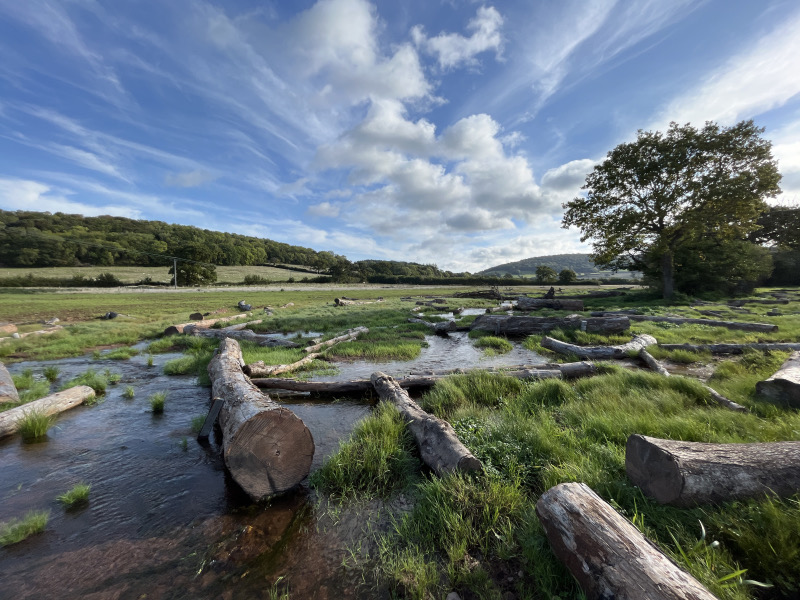

Beyond flooding: Wider benefits for people and places
Over the last decade, our work has increasingly highlighted how NFM can help to deliver much more than flood risk reduction. Our modelling and mapping expertise has been applied to modelling the improvements to water quality that can result from the implementation of NFM/NbS across the rural landscape at a catchment scale. On projects across the UK, NFM interventions have brought visible changes: cleaner watercourses, improved biodiversity, and landscapes that feel more resilient in the face of climate change.
Our modelling now captures these multiple benefits, helping clients — from government agencies to private companies — make informed, joined-up decisions that balance flood risk with wider environmental goals.
Our expertise today
After 20 years, JBA remains a trusted and leading partner in NFM solutions, delivering a substantial number of consultancy and research projects for multiple clients across the UK.
Our services cover the full project lifecycle, including:
- Feasibility and opportunity assessment
- Mapping and modelling
- Optioneering and design
- Monitoring and review
- Stakeholder engagement and training
Looking ahead
From early pilots on Exmoor to shaping national policy, JBA has played a key role in moving NFM from theory into practice. As we celebrate 30 years of JBA, we’re proud of how far the field has come — and excited for the future.
Because for us, NFM isn’t just about water. It’s about people, places, and working with nature to create a better environment and build a safer, more sustainable future.
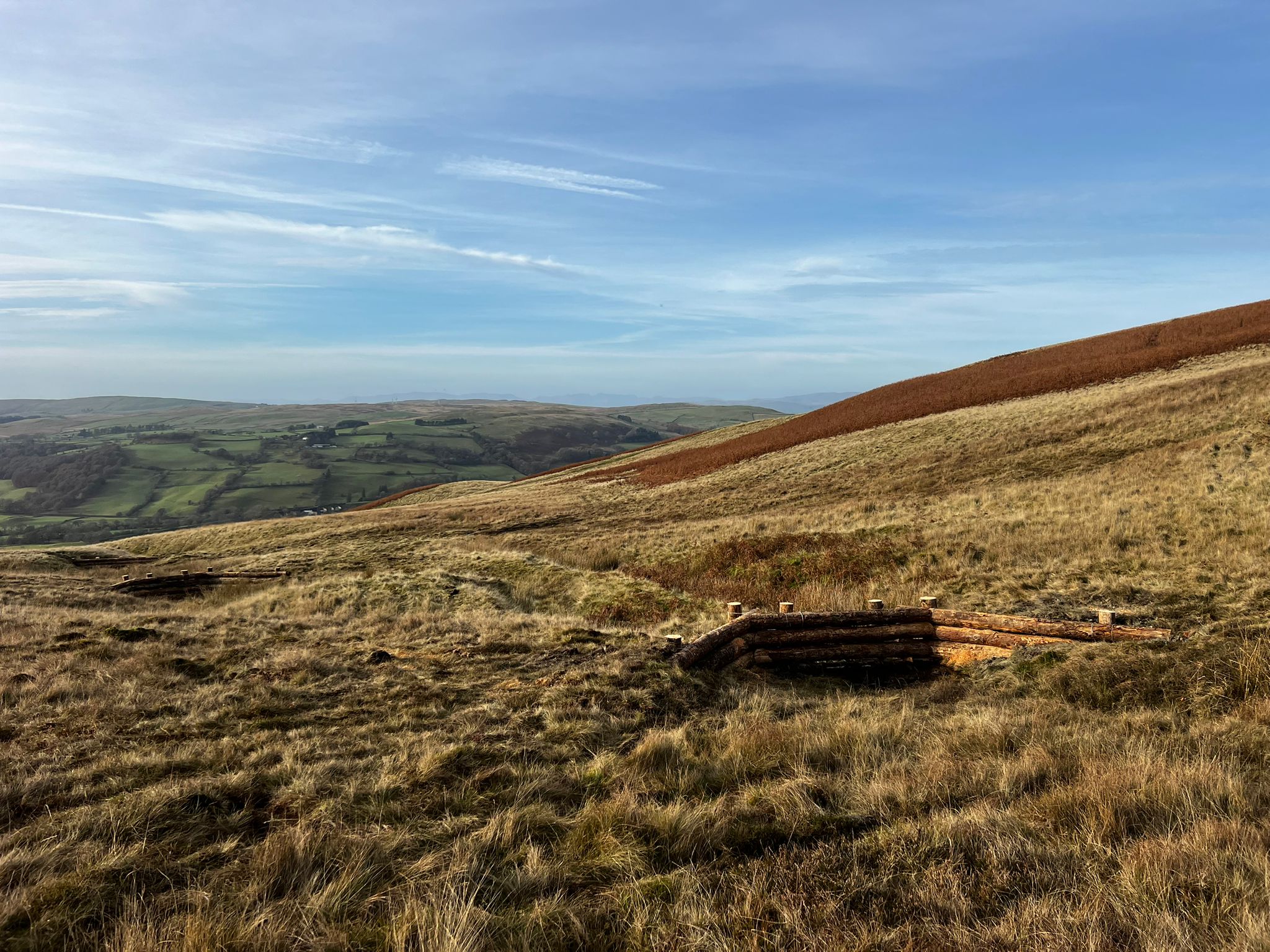


For more information about our NFM and related services, click here or contact us to discuss your next project.
